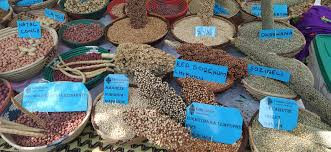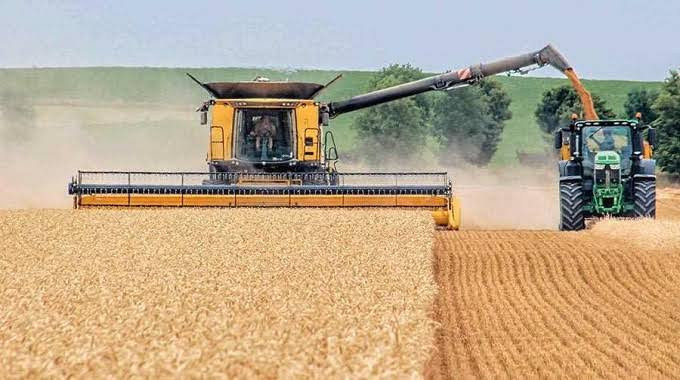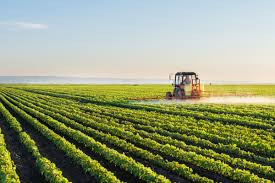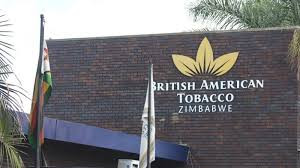
Zimbabwe needs to import fertiliser but must be prepared for higher costs in order to curb shortages, a government official has said.
Zimbabwe requires 400 000 tonnes of basal and 380 000MT of top dressing but has capacity to produce 1 500 000MT and 240 000 MT, respectively. It means the country has adequate capacity for basal fertilisers but limited on the top dressing.
In an 18-page paper titled The State of Industry and Commerce submitted to Cabinet recently, Industry and Commerce minister Sekai Nzenza said the increase in the prices of fertiliser was likely to affect farmers.
“The local industry is producing, however, to mitigate shortages, we still need to import but at higher costs. Price of ammonia rose from US$700/MT to US$1 500MT during the beginning of 2022 and this will affect the farmer,” she said.
However, Nzenza said local industry was ready to supply the existing government and private sector farming contracts for the 2023 summer cropping season.
According to the document, the consolidated stock holding for the Zimbabwe Fertiliser Manufacturers Association (ZFMA) players stands at 432 183 metric tonnes with most of the stock (82%) being under collateral management arrangements (CMA) and awaiting Nostro funding to enable its release onto the market.
The report further said the stock under the CMA arrangement is in Zimbabwe and outside.
She said the import substitution strategy which the government was implementing was a clear indication of its stance towards cutting the import bill.
- Mavhunga puts DeMbare into Chibuku quarterfinals
- Bulls to charge into Zimbabwe gold stocks
- Ndiraya concerned as goals dry up
- Letters: How solar power is transforming African farms
Keep Reading
“By implementing the import substitution strategy, it shows that as a country, we are already prepared for the prevailing geopolitical tension in Europe which is affecting the global supply of fertiliser raw materials.
“The fertiliser industry in Zimbabwe is integrated, starting from raw materials to finished products. Zimphos and Sables supply the primary raw materials which are processed by ZFC and Windmill into finished fertilisers. FSG, Omnia, Nufert, Nutrichem, Fertmap and Grow Agriculture Zimbabwe are small players who are mainly into blending processes,” Nzenza added.
Under the National Development Strategy, agriculture has been placed at the heart of recovery and is expected to complement tourism, manufacturing and mining.
This year, the Industrial Development Corporation of Zimbabwe (IDCZ) announced its intention to invest in a new superphosphate production plant in Zimbabwe to bolster fertiliser production.
The 225 000-tonne capacity plant, which is expected to be commissioned during the first half of 2023 will help Zimbabwe plug a huge gap between supply and demand.











